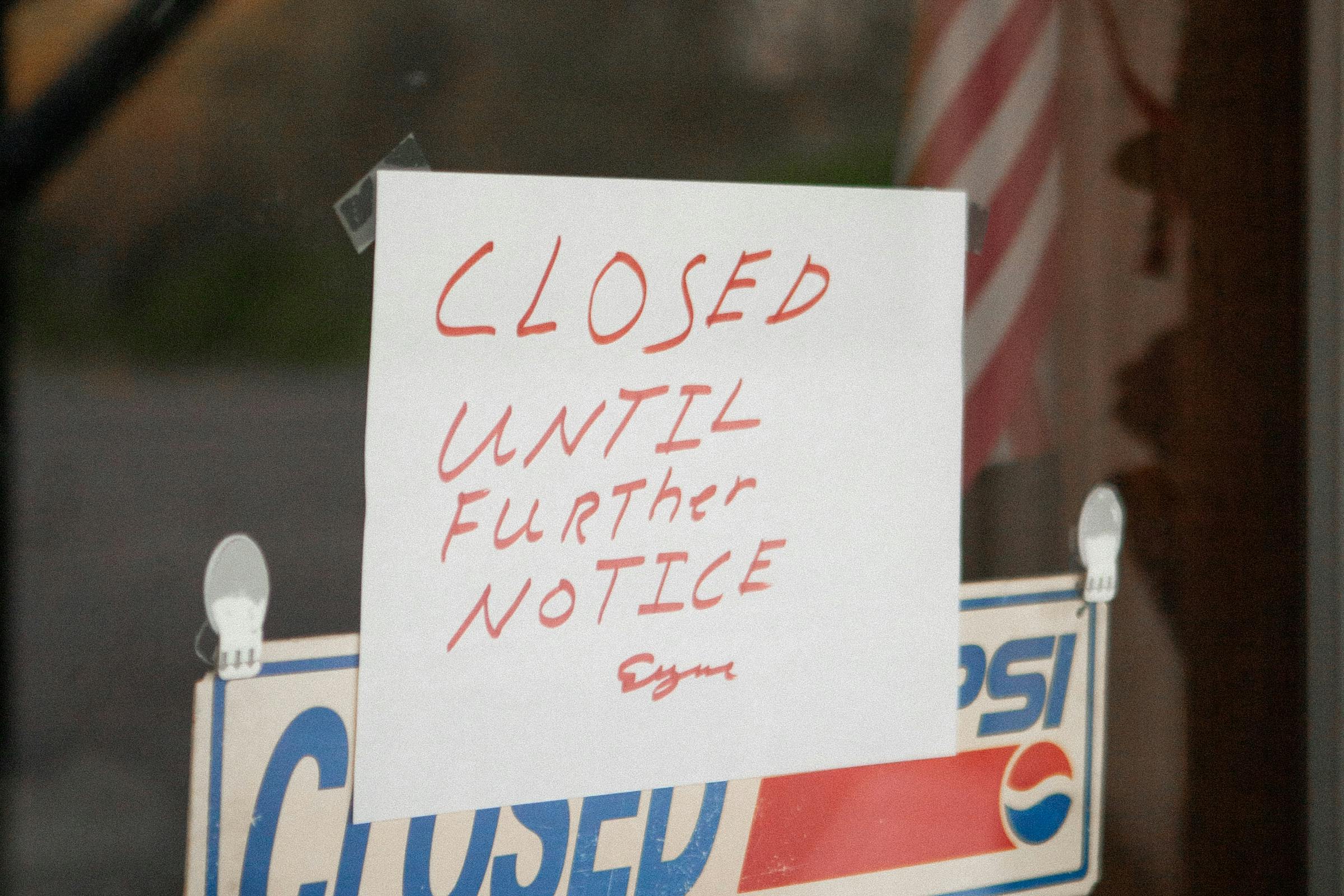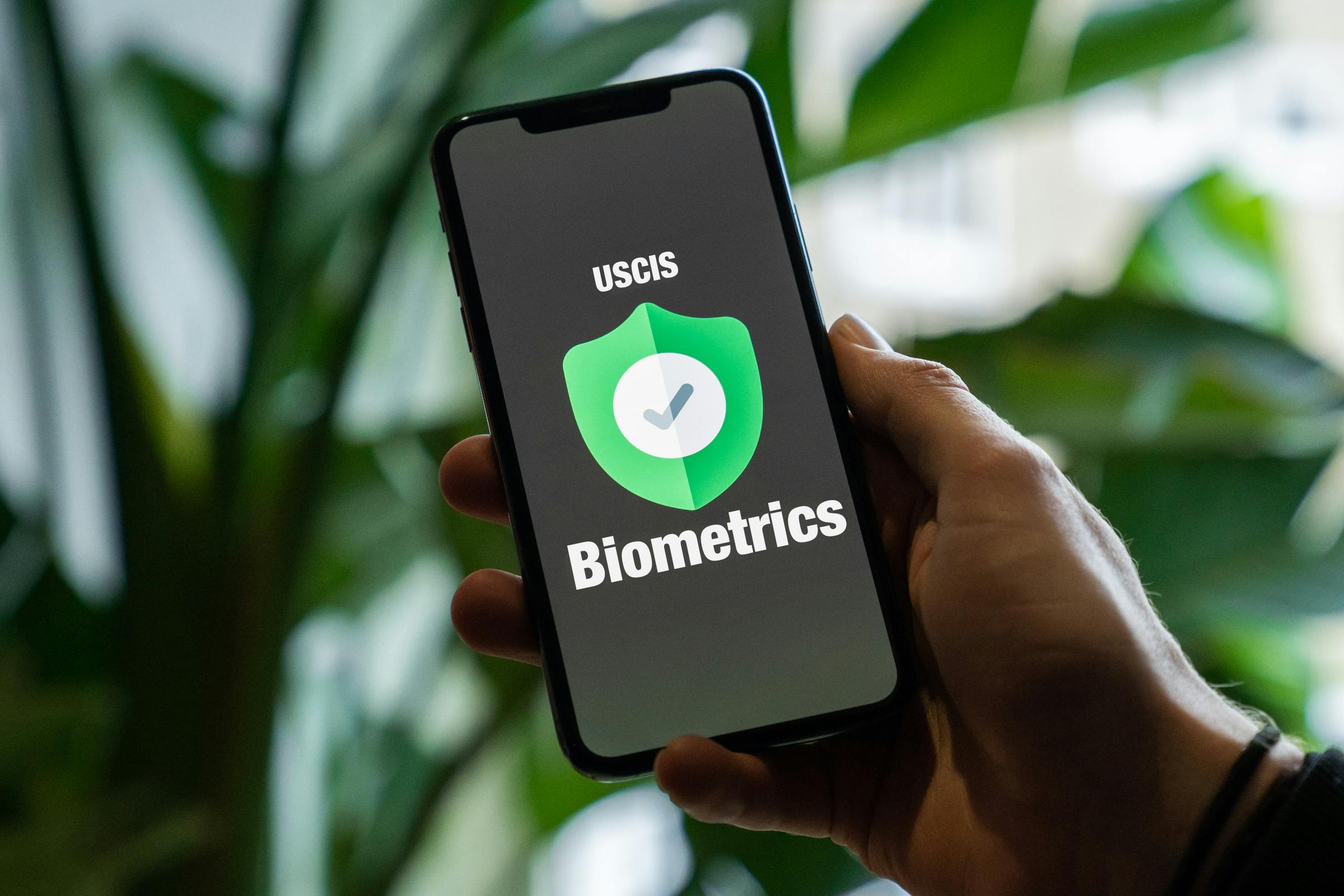The OPT Appeal Challenge
The OPT program’s extension isn’t a new thing. The provision was initially introduced by the Department of Homeland Security over 15 years ago, in 2008. Since then, modifications in 2016 clarified the policy and made the extension available exclusively to those students pursuing STEM (science, technology, engineering, or math) degrees.
The argument against this three-year extension of a student work visa is that STEM students are, by nature, more attractive to tech companies looking for the newest and brightest minds in the industry. Permitting OPT students to work after graduation for three years is a loophole for these tech giants to bypass the complex and random H-1B lottery system, and Washtech, the Washington Alliance of Technology Workers, in affiliation with Communication Workers of America, legally challenged this extension in 2014.
Since then, the court systems have consistently held the provision up as legal, requiring Washtech to file appeals. The last round hit the Supreme Court, where it was refused. Now, with no further legal recourse for Washtech, the OPT program continues on as before.
OPT and H-1B Visas
For international students in STEM programs and those who would hire them, this is a massive win. It ensures the employer-employee process is streamlined without the restrictions of the typical H-1B work visa program. Even better, those on an OPT-extended visa can choose to apply for a green card while they’re in the US and receive permanent residence status, a benefit that is usually reserved for H-1B and other employment visa holders.
What is cause for celebration on one side is considered a setback to many who have tried unsuccessfully for years to obtain an H-1B visa the traditional way. Through the typical process, an applicant and their job sponsor must overcome multiple challenges on the H-1B visa path, including, but not limited to, the following:
- Obtaining a job offer through an approved H-1B visa employer and proving the relationship and position are not only legitimate, but qualify as a specialized occupation,
- Proving the potential employer has the skills and education to perform the job as described by USCIS,
- Obtaining a Labor Condition Application, with all of the requirements it entails, and promising to pay the prevailing wage or greater,
- Waiting for the registration window to open to file for the lottery,
- Waiting for the random lottery selection process to be complete to find out if the applicant’s registration was selected to move forward with the H-1B visa petition.
These are some of the challenges faced before an applicant can file the H-1B petition. Even once they are completed, there’s no guarantee the potential employee’s registration will be selected. There’s a limit on how many applicants can be selected from one country (7% of the total available visas), and some areas have a notoriously higher registration count than others. Once chosen, the process of petitioning for a visa is also full of complex steps.
It’s unsurprising that those who are in the STEM field but don’t qualify for the OPT program are concerned that they’ll lose jobs to their fellow international students. OPT students aren’t required to have a job offer to receive the extension to stay in the US, and the per-country cap limit of 7% that applies to H-1B petitions doesn’t apply, either. Those who aren’t in the STEM field are also unhappy with the shortcut given via this workaround.
So, while a “win” in the ultimate Supreme Court via refusal to take the case is a positive for many, it’s a concern for those who continue to wait for an H-1B visa or an employment-based green card.
What’s Next?
While it’s true that obtaining an H-1B visa can be challenging, now is the time to start preparing your plans for registering for next year’s lottery. With the setbacks in the system that occurred in 2023, it’s expected that there will be some changes before the 2024 lottery takes place. In the meantime, contact our experts at Visa2US to ensure you’re on track to submit your registration as soon as the window opens!














